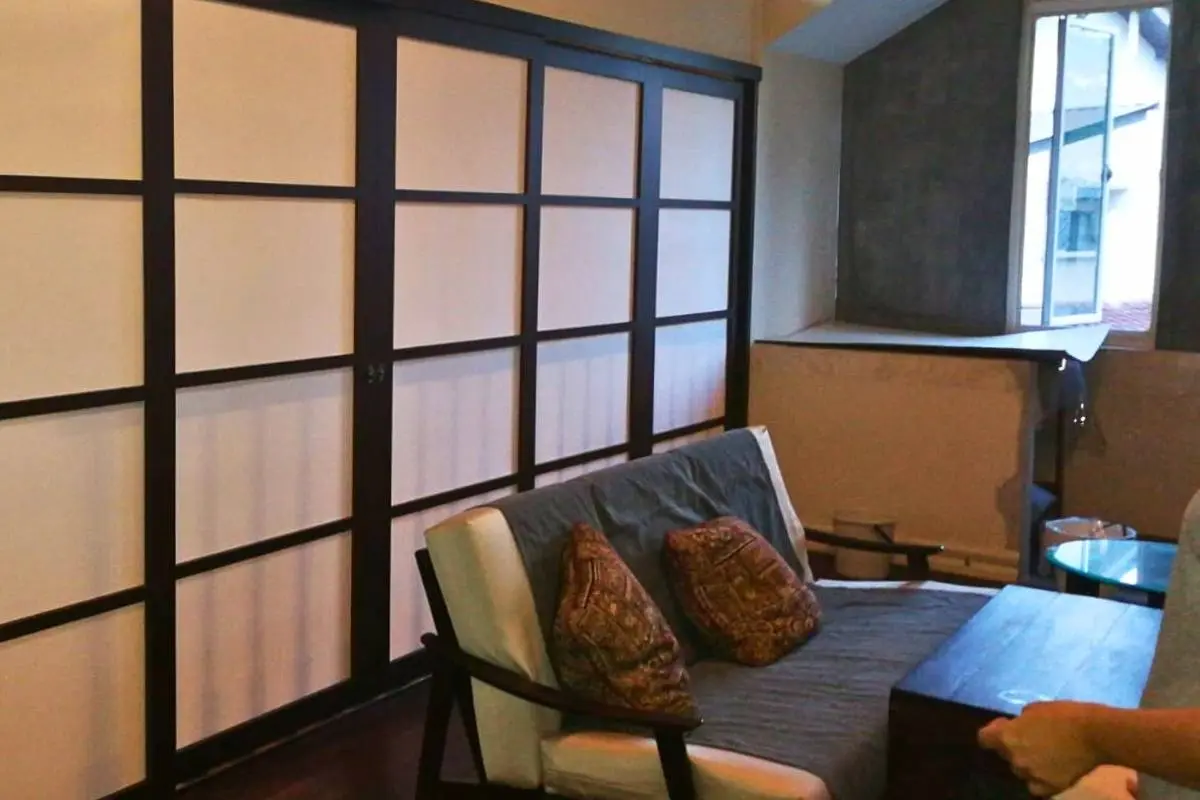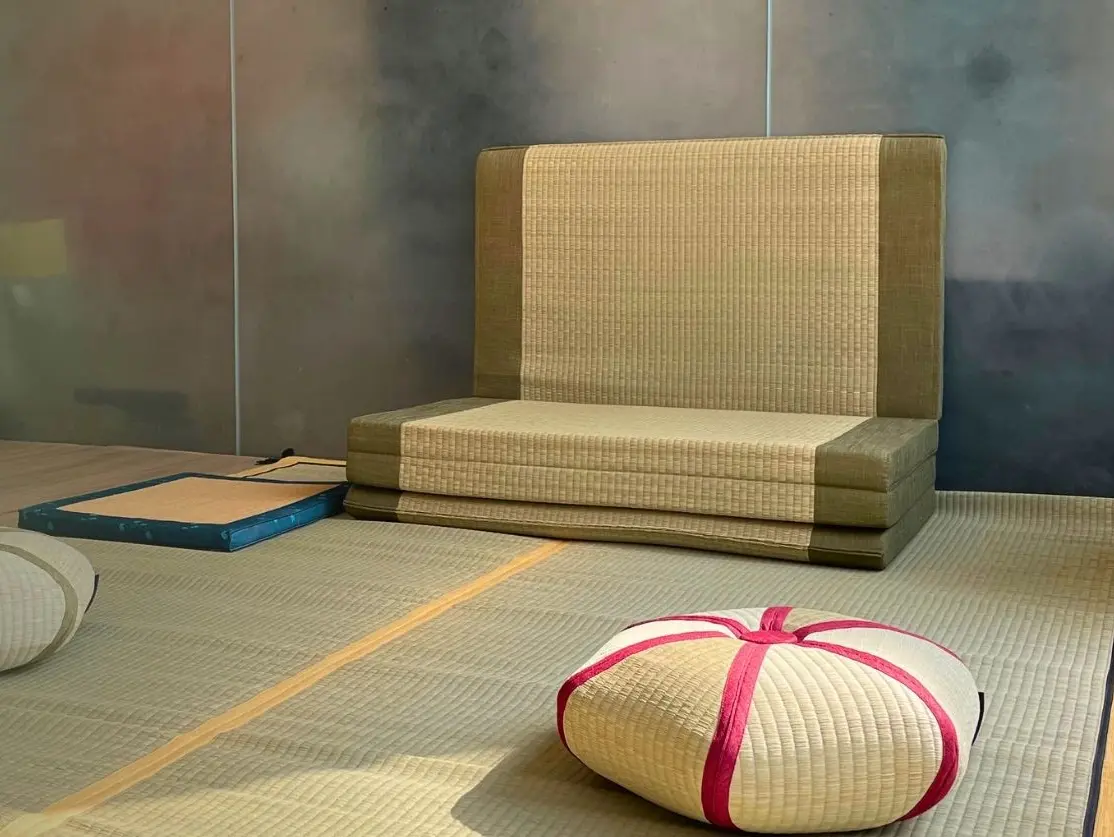Step into a traditional Tatami room in Kyoto. Notice how your shoulders drop and your breathing naturally slows. Now imagine walking into a Danish hygge-inspired living room with blonde wood floors and soft woolens. The same thing happens – that involuntary exhale of relief.

This isn't a coincidence. Both design philosophies tap into something profound about human psychology and our relationship with natural materials. In 2025's wellness-focused world, understanding this connection isn't just about aesthetics. It's about creating spaces that actively support our mental and physical well-being.
Touch: The Texture Revolution in Wellness Design
The Emotional Resonance Factor
Traditional Tatami mats, handcrafted from natural Igusa Rush, provide a unique tactile experience that grounds us literally and figuratively. The slightly yielding surface beneath bare feet creates what researchers call "proprioceptive feedback". Our body's awareness of its position in space becomes heightened, naturally reducing stress.
Scandinavian design achieves similar effects through carefully chosen textures: raw linen throws, untreated oak surfaces, and wool rugs that invite touch. Both approaches understand that wellness begins with how materials feel against our skin.

Creating Haptic Harmony
The Japanese concept of "mono no aware" – finding beauty in impermanence – is reflected in Tatami's evolving color and texture as it ages. Scandinavian design embraces similar principles through weathered woods and naturally worn textiles that develop character over time. This acceptance of natural aging creates spaces that feel alive and authentic rather than sterile showrooms.
Sight: Minimalism as Visual Medicine
The Science of Simplicity
Both design traditions understood long before modern neuroscience that visual clutter creates mental noise. Clean lines, unadorned surfaces, and purposeful empty space allow our brains to process and rest. Recent studies show that minimalist environments can reduce cortisol levels and improve focus, something both Tatami rooms and Scandinavian interiors naturally provide.

Light as Architecture
Scandinavian design maximizes precious daylight through pale color palettes and reflective surfaces. Traditional Tatami rooms use shoji screens to create soft, filtered light that changes throughout the day. Both approaches treat natural light not as an afterthought, but as the primary design element that connects interior spaces to natural rhythms.
Smell: The Forgotten Wellness Sense

Here's where the connection becomes truly fascinating. Fresh Tatami releases a subtle, grassy fragrance from its natural grass fibers, a scent that triggers positive associations and stress reduction in those familiar with it. Scandinavian interiors achieve similar effects through natural materials: the vanilla notes of Baltic pine, the earthy richness of wool, and the clean scent of linseed oil finishes.
Both traditions intuitively understood that wellness design engages all senses, not just sight.
Sound: Creating Acoustic Sanctuaries

Tatami's natural fibers provide great sound absorption, creating the hushed quality that makes traditional Japanese spaces feel sacred and meditative. Scandinavian design achieves similar acoustic comfort through soft furnishings, natural wood that dampens harsh frequencies, and the strategic use of textiles.
In our noise-polluted modern world, both approaches offer the rare gift of true quietness.
The Modern Integration: Bringing Ancient Wisdom Home

Small Steps, Big Impact
You don't need to redesign your entire home to benefit from these principles. Start with one element: introduce natural fiber flooring that invites barefoot walking, choose furniture with clean lines and natural finishes, or create a designated quiet corner with minimal, meaningful objects.
The Future of Sensorial Wellness
As biophilic design trends continue growing globally, the marriage of Tatami and Scandinavian principles offers a roadmap for creating homes that actively support well-being. This isn't about copying specific styles. It's about understanding the deeper wisdom both traditions offer about living harmoniously with natural materials and mindful simplicity.
Whether you're drawn to the meditative quality of Tatami rooms or the cozy functionality of Scandinavian hygge, both paths lead to the same destination: spaces that help us breathe easier, think clearer, and feel more connected to what truly matters.


